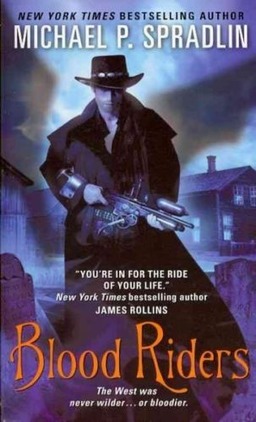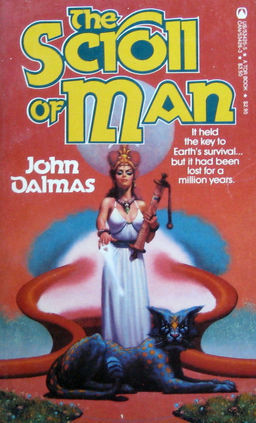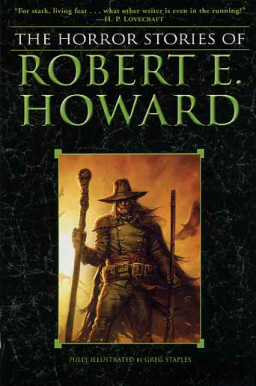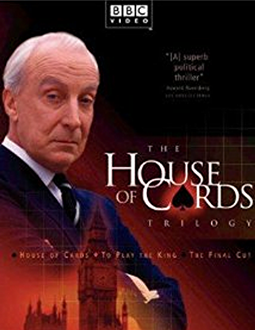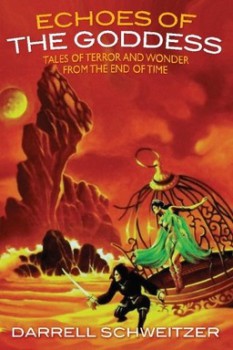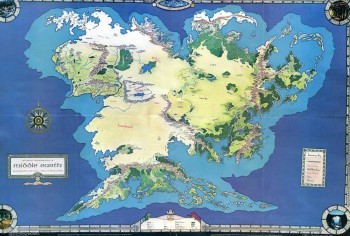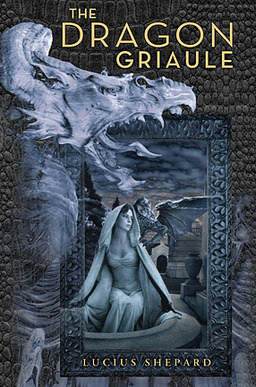Goth Chick News: Comic Book Fan Boys on the Big Screen (Fan Girls Rejoice)
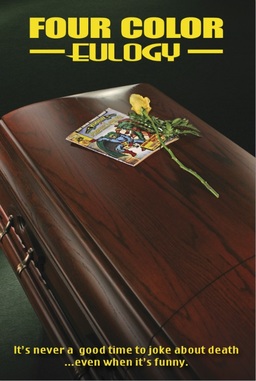 This is as excited as I get about anything.
This is as excited as I get about anything.
Back in February, I told you about a new project by our favorite indy film geniuses at Pirate Pictures, in which comic collectors finally get to be the film heroes — far overdue if you ask me.
And yes, the Black Gate crowd went wild over the idea – or as wild as you all get about anything.
So a couple weeks ago, I undertook a road trip to visit the creative team and ask them some questions about the inspiration for Four Color Eulogy; like how it happens that a bunch of comic fans were able to turn their passion into an actual movie?
I figured we’d sit around in a slightly grungy coffee shop and I’d capture all their witty banter on my handy digital recorder, then hustle home to Chicago and type it up for you.
But no. We’re way beyond grungy coffee shops now…
Instead, they suggested we meet “at the studio.”
And oh, by the way, why don’t we just roll out the actual movie cameras and film the interview instead?
Lighting? Sure! Sound guys? We’ve got plenty of them.
